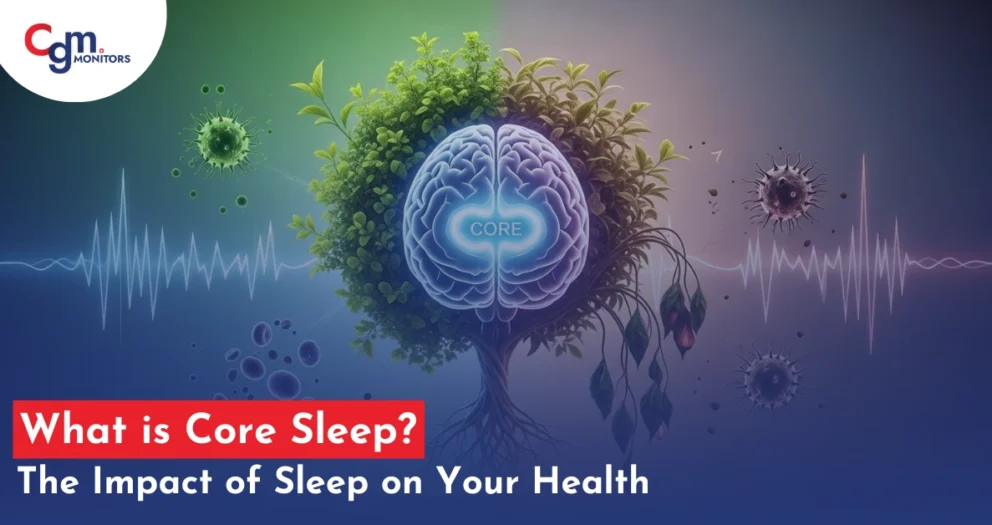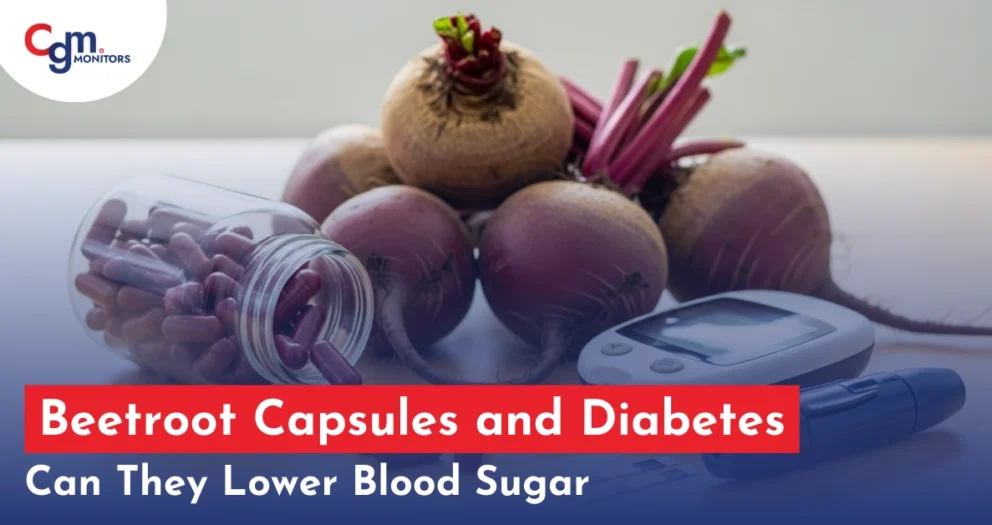Symptoms of Diabetes in the Elderly: Healthy Management

Table of content
Diabetes is a condition that can be experienced at any age and is a result of numerous combined factors. Glucose is an important energy source, and when you consume it, the insulin in your body is responsible for cutting down this glucose into energy that is usable by the cells. If your body starts producing less or no insulin at all, high levels of glucose can accumulate in your bloodstream, causing a sugar spike. If it remains uncured, high blood glucose can develop further health problems, including but not limited to cardio, nerve damage, eye health issues, and kidney diseases.
Causes of Diabetes
Diabetes is not caused by a single factor but rather by a combination of several:
Genetics: Family history can increase risk.
Diet: Poor eating habits can contribute to Type 2 diabetes.
Stress: Long-term stress can disrupt insulin production.
Physical inactivity: Lack of regular exercise raises the risk of Type 2 diabetes.
Age: The risk increases as we age, especially after 45.
Obesity: Excess fat, particularly abdominal fat, can lead to insulin resistance.
Types of Diabetes
The main types of diabetes include type 1, type 2, gestational diabetes, and a few others. Here we have explained the main 3 types.
Type 1 Diabetes:
– An autoimmune condition where the body’s immune system attacks insulin-producing cells in the pancreas. Not quite common, according to the CDC, only about 5 percent of people with diabetes in the USA have type 1 diabetes.
– Commonly diagnosed in children and young adults.
– Requires lifelong insulin therapy.
– As per PubMed, before insulin discovery, strict low-carbohydrate diets with severe carbohydrate restriction (≤10 g/day) were the only available option to treat T1D. However, the dietary recommendations of those times were quite different from the low carb/high fat diets recommended today. Various diets with a low content of carbohydrates (CHO) have been proposed, such as the Zone diet, Paleo diet, the South Beach diet, and Atkins diet.’’
Type 2 Diabetes:
The most common form, where the body becomes resistant to insulin or doesn’t produce enough. As per the CDC, about 90 – 95 percent of people with diabetes in the United States have type 2 diabetes.
Often linked to lifestyle factors such as diet, exercise, and weight.
-It can perhaps be managed by maintaining healthy eating and an active lifestyle but may require medication or insulin over time.
DASH diet plan for managing blood glucose.
Gestational Diabetes:
Occurs during pregnancy when the body cannot produce enough insulin.
Typically resolves after childbirth, but increases the risk of developing Type 2 diabetes later in life.
Just like any other type of diabetes, managing gestational diabetes involves a healthy eating plan and an active lifestyle. Insulin may be required if you lack physical activity during the pregnancy.
Prevention is better than cure. Lower your gestational diabetes chances by maintaining a healthy weight before pregnancy.
Some easy gestational diabetes recipes.
Symptoms of Diabetes in Elderly Individuals
Elderly individuals may experience symptoms that are easily overlooked or mistaken for other age-related issues. Common signs include:
– Increased thirst and frequent urination
– Fatigue and weakness
– Blurred vision
– Slow-healing wounds or frequent infections
– Unexplained weight loss
– Tingling or numbness in hands or feet (nerve damage)
Symptoms of Diabetes in Elderly Women
Diabetes symptoms in elderly women can be similar to those in men, but some may experience additional symptoms:
– Increased urinary tract infections (UTIs)
– More frequent vaginal infections
– Dry, itchy skin
– Mood changes or irritability
– Increased hunger or unexplained weight loss
Symptoms of Diabetes in Elderly Men
In elderly men, the symptoms of diabetes can include:
– Erectile dysfunction (ED)
– Frequent urination
– Dry mouth
– Blurred vision
– Numbness or tingling in the extremities
Simple Solution to Controlling Diabetes
Maintaining a healthy diet (Low carbs diet that has good fats) and exercising are the key factors in managing your diabetes. And making informed decisions has become easier with the help of Continuous Glucose monitoring devices (CGMs). These devices help individuals monitor their glucose 24/7 without needing multiple finger pricks. You may check out some of the latest CGM sensors here. As an extra advantage, some of the latest sensors also work with automatic insulin delivery (AID) systems, thus taking away the hassle of conventional-style insulin injection as well – nothing should limit you.
As per U.S. Food & Drug:
“CGMs can be a powerful tool to help monitor blood glucose”Common Barriers to CGM Use
– Despite their benefits, many individuals face challenges when considering CGM devices:
– Unsure of Insurance Coverage: Many are unsure whether their insurance covers CGM devices or treatments.
– Difficult Insurance Approvals: CGM devices often require approval from insurance companies, which can be a lengthy process.
– Not Covered by Insurance: Some insurance plans may not cover CGM devices, leaving individuals to pay out-of-pocket.
CGM Monitors is removing barriers to CGM use – simply fill out this benefit check form or make a purchase using your credit/debit card now and receive your diabetic supplies at your door.
References:
American Diabetes Association
National Institute of Diabetes and Digestive and Kidney Diseases (NIDDK)
Low-Carb and Ketogenic Diets in Type 1 and Type 2 Diabetes
Mayo Clinic – Diabetes Symptoms







Write a comment
Your email address will not be published. All fields are required